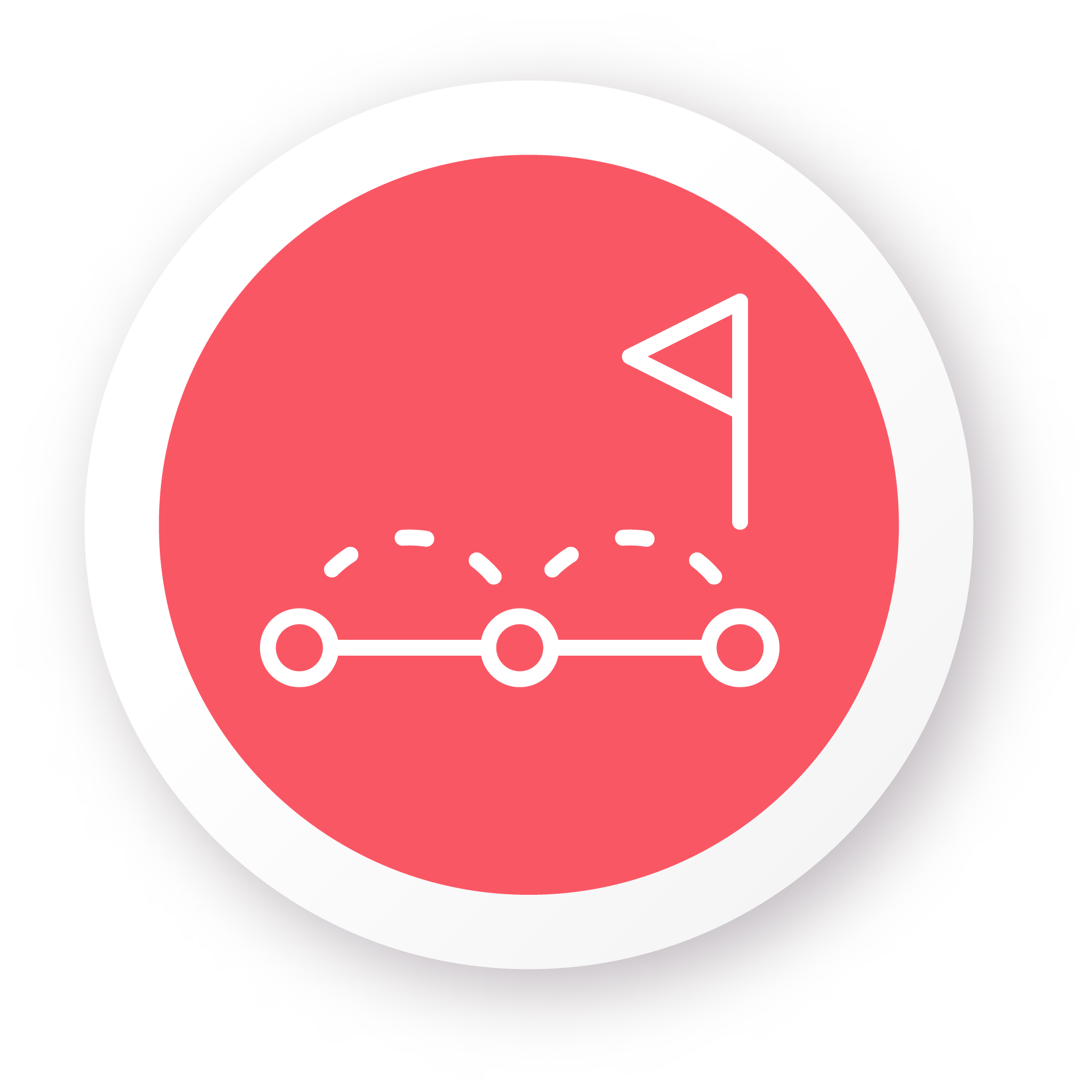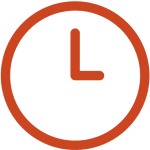Because although everyone says in words that they value change, in deeds we observe difficulty in change, suffering, slowness and stickiness.
In the coming years we have before us a momentous challenge to move from the analog era to a new truly digital era that will involve all businesses: their offerings, business model, ‘organization, logistics, customer service…
The COVID emergency has opened everyone’s eyes, even the most skeptical: analog business models need to be quickly reworked. The emergency was an accelerator of customer behavior, and this accelerated the need for change.
To be agents of change, we propose a three-step management model:

Understanding change

Change starting with oneself

Driving change in others and in the organization

THE FIRST STEP, THE COGNITIVE ONE
Understanding change means understanding its logic, understanding its physiological, psychological, anthropological and social mechanisms. From this point of view, anthropological, historical, chemistry and physical perspectives of man and particularly his brain are of importance.
Only BY KNOWING can one understand why change is so exhausting and painful. Therefore, we believe it is important to start with knowledge.
Only by knowing can we accept and explain our natural aversion to change. It is a first step toward the awareness needed to accept and modify natural, often unconscious attitudes and behaviors of aversion to change in ourselves and others.


THE SECOND STEP, THAT OF INITIATING
The second step is to initiate change by starting with oneself. Making a ship point of oneself, both professional and personal, understanding one’s motivations to change, any blocks, and the level of one’s abilities to be an actor of change.
First, it is necessary for each person to be clear about what is in his or her “suitcase” of change: what real attitude do you have toward change, what experiences and how have they affected your real attitude? How to remove barriers? What behaviors does each person need to correct to become an actor of change?
Each person must be able to get out of his or her own representation that appears to be considered the only viable one. We want to open a perspective of new paths by changing the point of view and framing what it takes to embark on new paths, what resources, what skills are needed.


THE THIRD STEP, THAT OF LEARNING
The third step to learn the mechanisms for leading change in others. Improve the skills for that influence people toward change and those needed to lead changes in complex, structured organizations such as companies.
- How to remove blocks in others, how to motivate individuals and teams to change?
- What should I put in place to substantially and concretely influence my team or my entire organization?
- What are the steps to follow to achieve success in a change process?

Our proposal from a methodological point of view aims to center three objectives:
Stepping outside the box, so that the proposed training itself is a metaphor for change, change experienced through new, impactful experiences that facilitate understanding of what it takes to change.

Overcome the time limit we all have as much as possible with a proposal that is as flexible as possible.
Leverage the exchange of experiences and discussion among participants that is one of the added values of management courses.
We offer three two-day modules (if online also 4 half days) for small and flexible groups of 4/5 people.
The first module devoted to UNDERSTANDING CHANGE, the second to CHANGE BEGINNING FROM YOURSELF, and thelast to how to LEAD CHANGE.
Small groups allow us to have maximum impact in fact individual stories are very important and, at the same time, more flexibility in managing agendas, limiting the impact of any absences.
We also propose two experiential activities of one day each.
The first activity helps dig deep and a day of theatrical “performance” of change through the Actor’s Studio method. The method used by the most famous and talented film actors.
The second day is an experience in which one participates in the telling of stories of change of people who have had in their lives one often dramatic choice with no apparent way out, but who eventually with someone’s help managed to get out of a fate that seemed unchangeable.
Stories of people who have had past problems with the justice system or difficult pasts from other causes–from their stories we want to understand how to change when change seems impossible.
CONTENT OF THE 5 MODULES
First Module
UNDERSTANDING CHANGE
2 Days
- Because we are still homo sapiens
- How our brains function
- Habits and survival
- Why we are averse to change
- Physical, psychological aspects induced by the changes
- How to change your brain and your life
- Meditation to change the brain
- Regulating one’s emotions
Second Module
CHANGE STARTING WITH ONESELF
2 Days
- Assessment of one’s attitudes toward change using individual analysis tools.
- “Anonymous” change, one’s own stories of aversion and difficulty in changing shared with team and coach
- Restructuring one’s vision – change possible
- What steps to take to modify one’s view of change
- Change, an opportunity for personal empowerment
- Change, shared successes: resources, skills and pathways, how to replicate.
- The north starof change
Third Module
DRIVE CHANGE
2 Days
- A story of change, a case in point
- The seven steps to driving change
- Ability to influence and change
- Building consensus and enthusiasm
- Overcoming organizational blocks
- Putting the turbocharger on change
- How to change without destroying the existing – stories of innovative start-ups
Each two-day module is designed according to the logic of ‘ active learning with inductive method, experiences, testimonies, simulations and reflections.
Fourth Module
EXPERIENTIAL ACTIVITY: THE THEATER OF CHANGE
1 Day in attendance
The Method used atActor’s Studio and applied in training delivers participants valuable tools on which to build their careers, their personal leadership.
Tools that enable us, starting with an awareness of who we are and not who we would like to be, to recognize the source of our obstacles and transform them into resources, in our case directed toward change.
In life as inart, to be credible, one must first believe, and to achieve stage credibility the actor relies on physical and sensory exercises. Bodywork, nonverbal language, must accurately communicate inner feelings through the fusion of body-thought-action. Emotional expression then becomes, through a technique, cognitive, assertive expression. Selecting exercises that an actor has at his or her disposal from the many developed by Lee Strasberg will provide a useful and fascinating experience even for people who do not have to tread the boards but need to expand their personal toolkit.
A day using the method of the greatest actors is an opportunity for participants to experience change through “theatrical performance” that brings to life firsthand not only the logic, but more importantly the emotions that major transformations cause in one’s life.
With a professional actor and coach a day of intense emotion.
- Introduction to the method
- Representation exercises
- Change as transformation
- We represent change
- Emotions experienced
- The energy of change
Fifth Module
EXPERIENTIAL ACTIVITY: STORIES OF CHANGE
1 Day
When it seems that nothing can change the spark of change is born.
Stories of intense and dramatic changes .
A day in contact with those who from change have had anopportunity for redemption. New lives that prove that nothing is unchangeable.
- Stories of change
- Testimonials
- How to get out of the tunnels of habits
- Resources and energy for change
CHANGE
SELF
STRATEGIES
INNOVATIVE
To change you have to understand change
Change requires starting with oneself
To drive change, we adopt the strategies of successful startups
CUAn innovative course with practical and easily adoptable teachings
CHANGE
To change you have to understand change
SELF
Change requires starting with oneself
STRATEGIES
To drive change, we adopt the strategies of successful startups
INNOVATIVE
CUAn innovative course with practical and easily adoptable teachings

